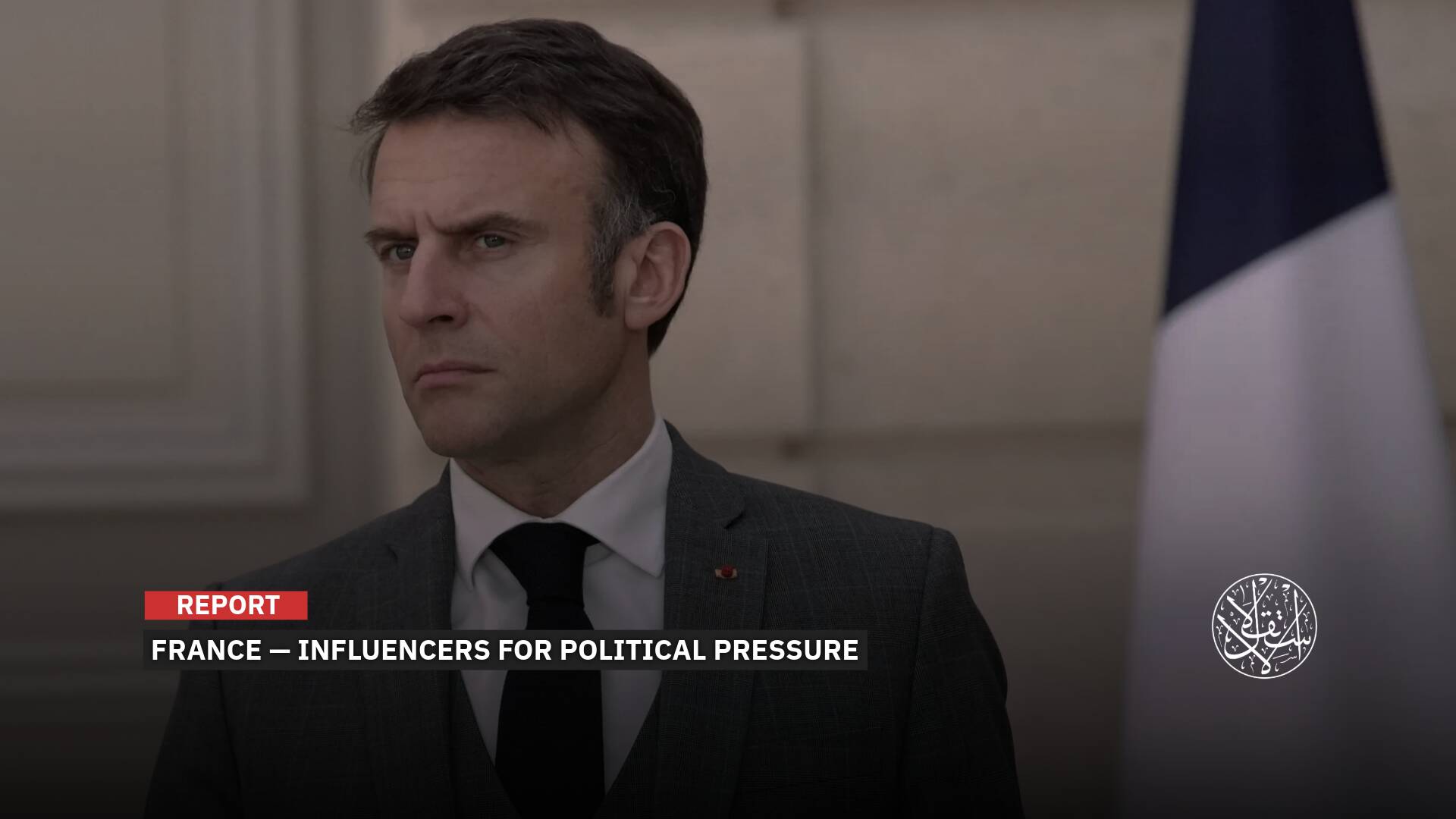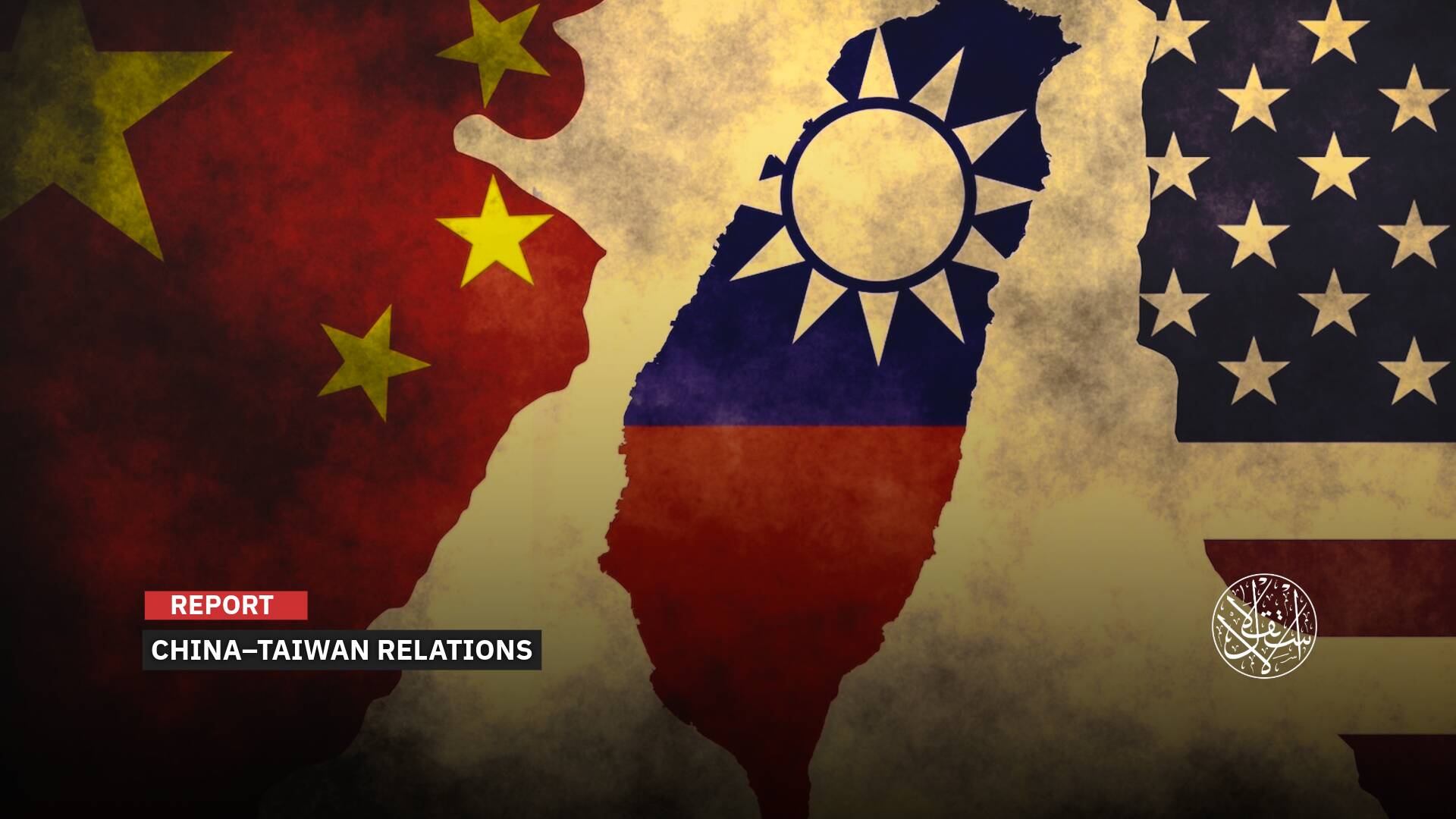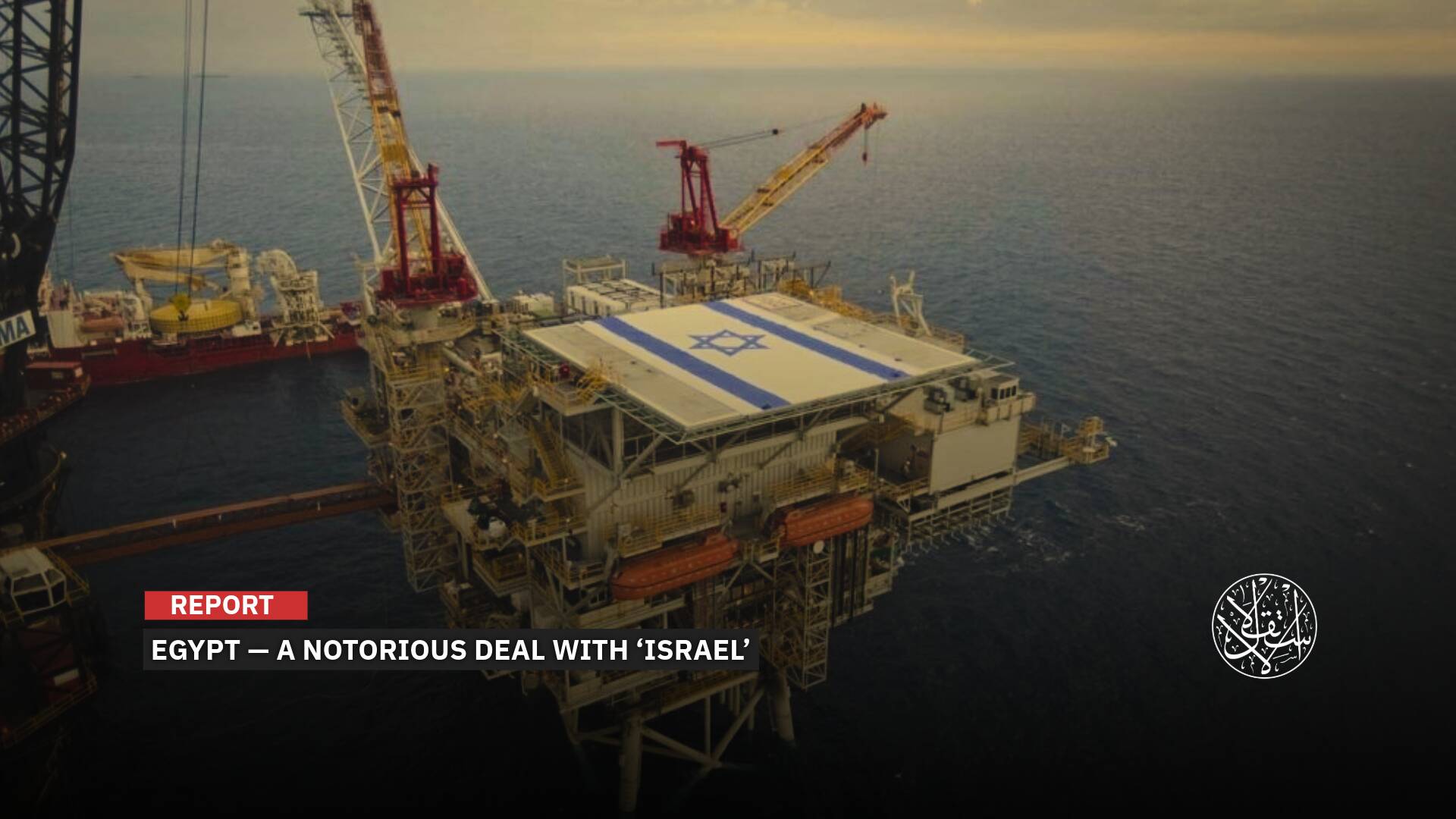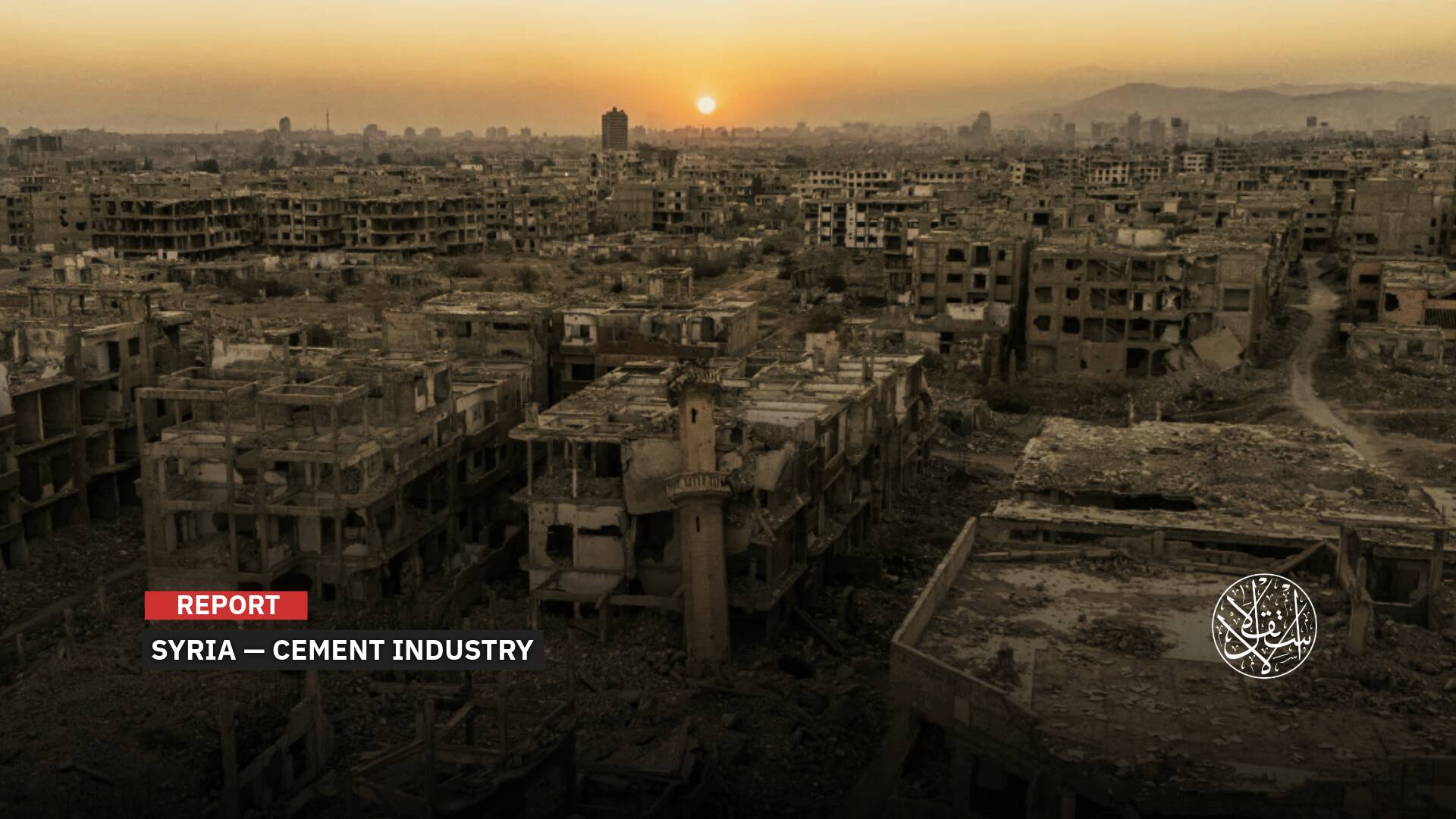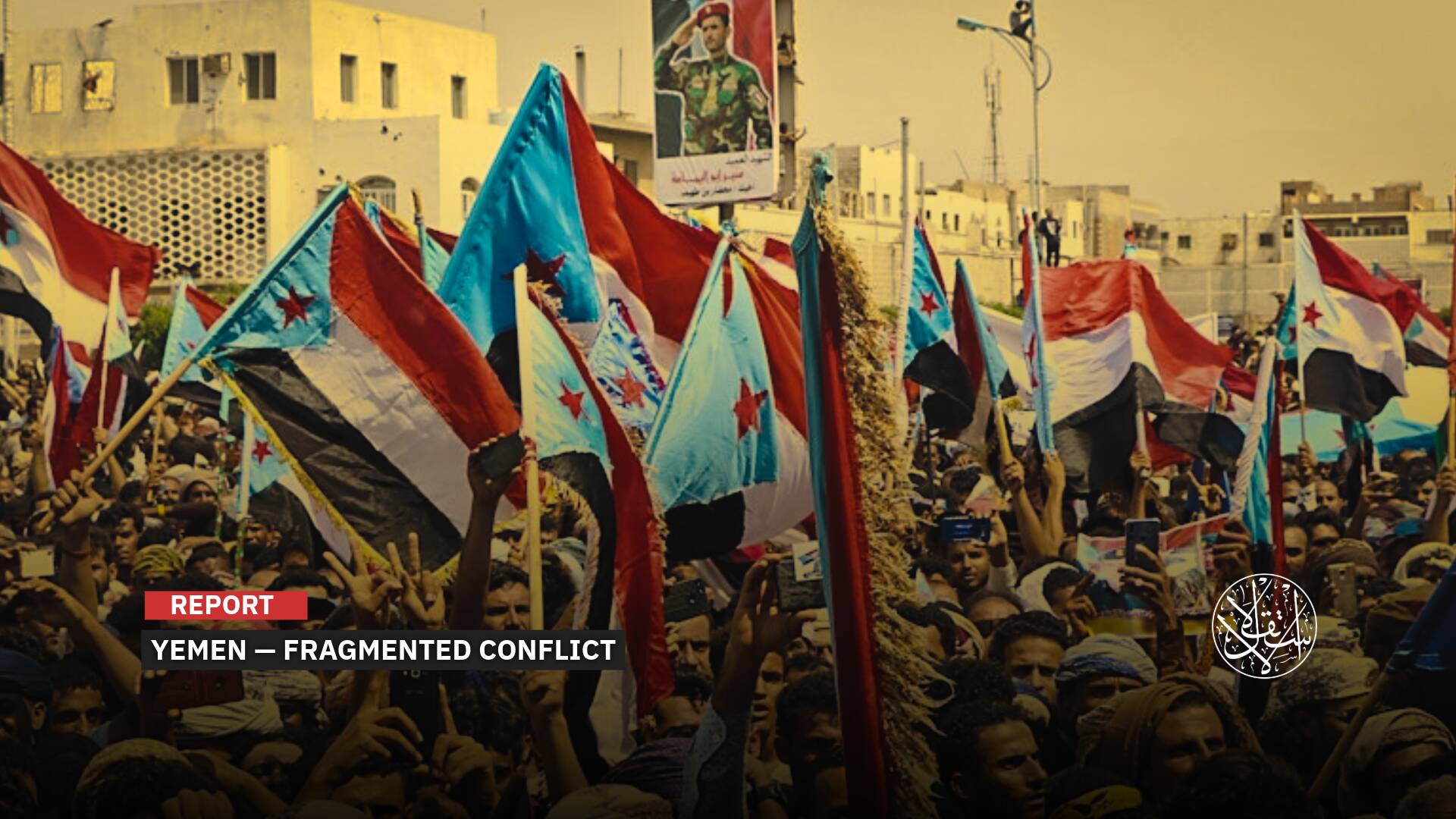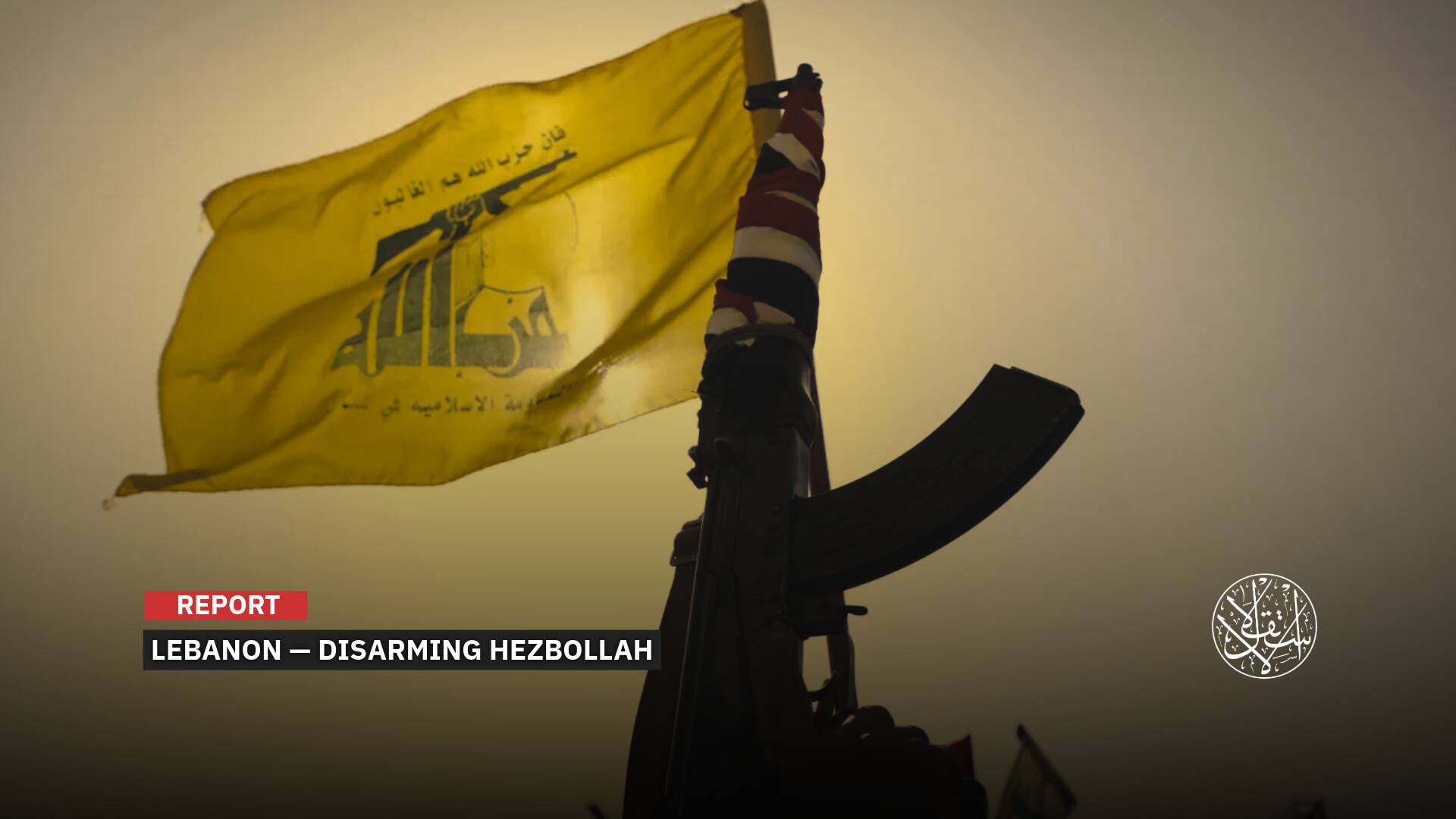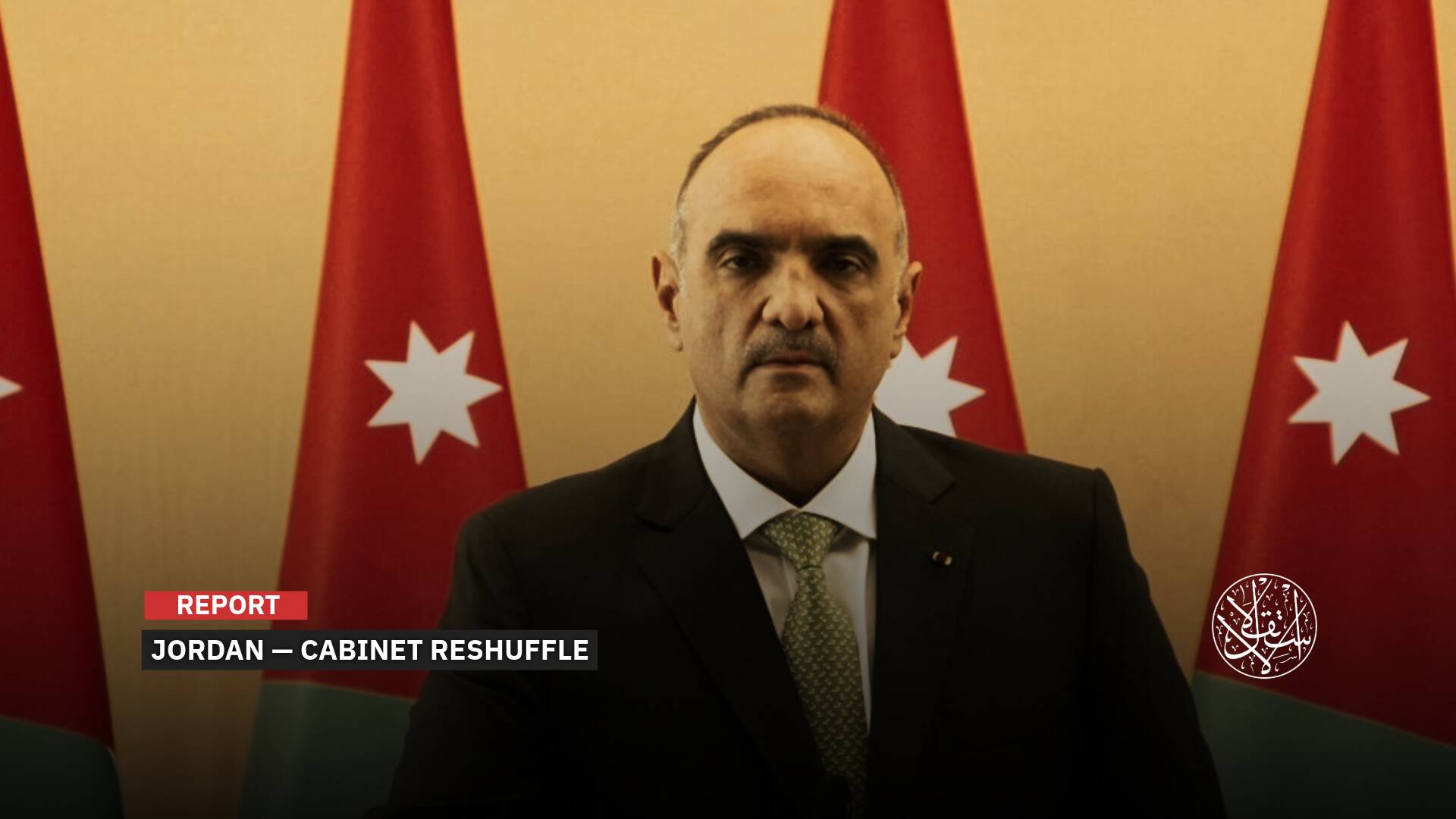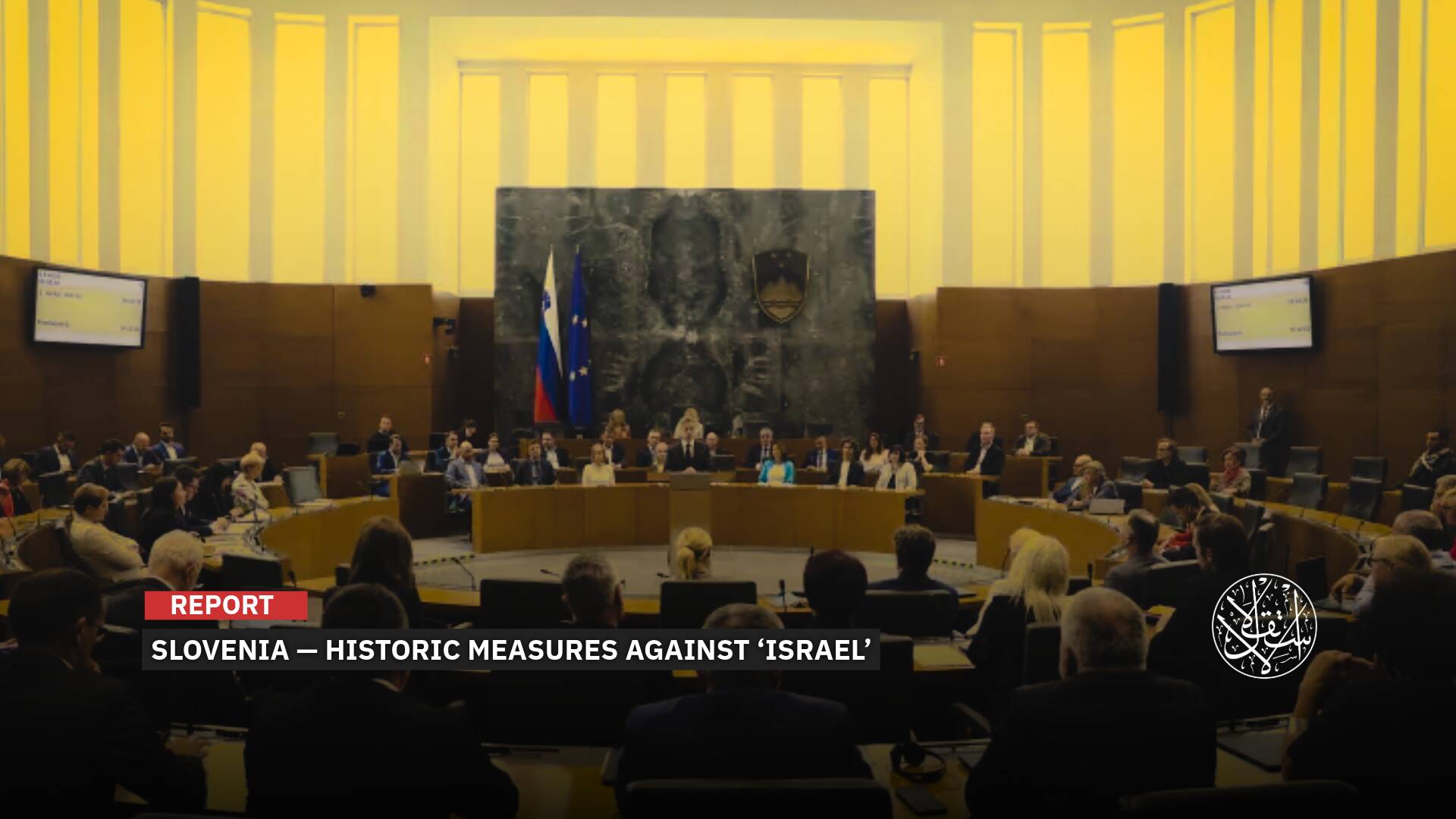Horrific Stories Revealed by African Female Immigrants in Libya’s Detention Centers
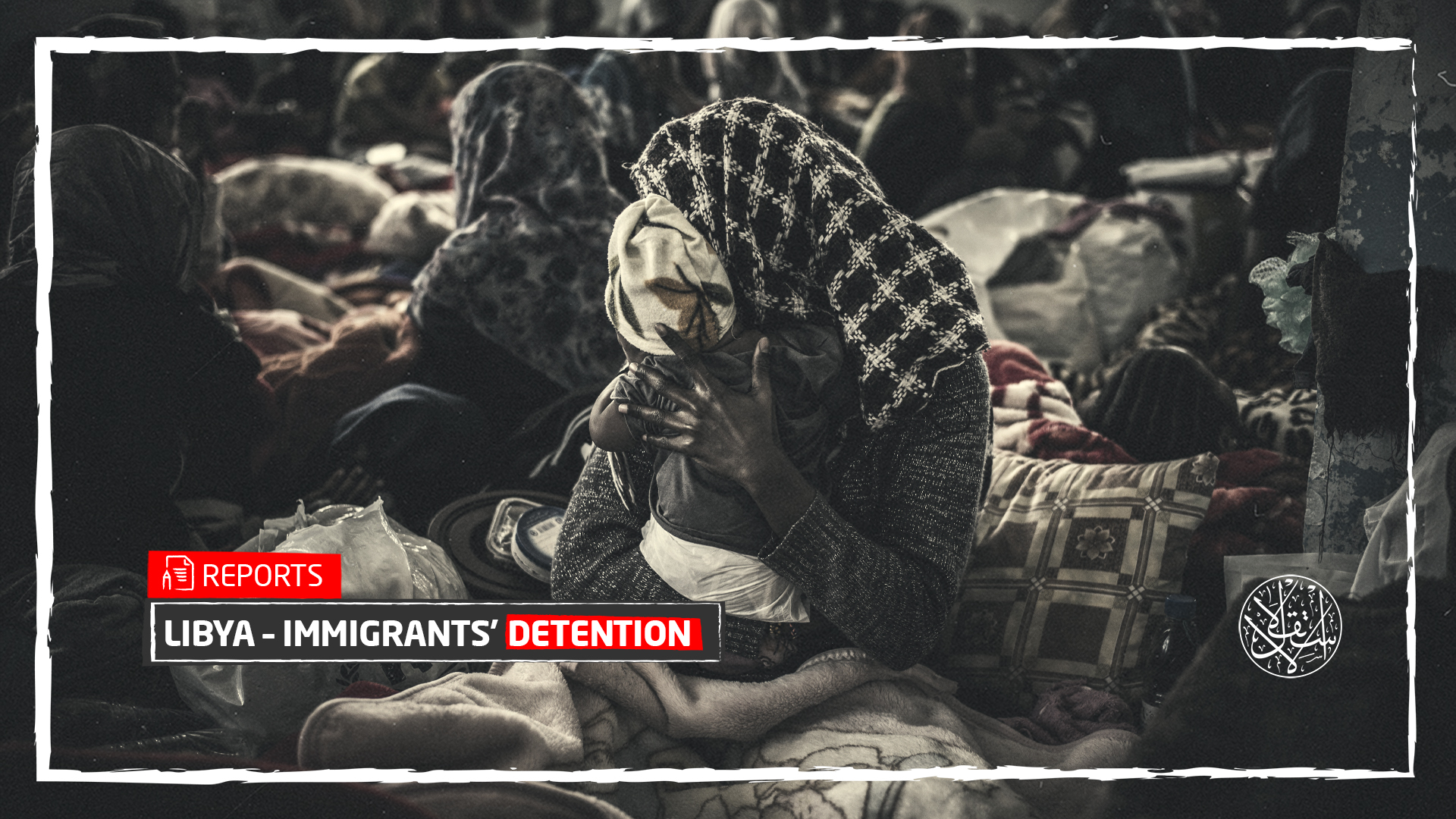
Libya acts as a major gateway for African migrants hoping to reach Europe. Almost 10 percent of more than 636,000 refugees and migrants in Libya are women, according to the International Organization for Migration (IOM).
A UN report highlighted that migrants are subjected to “unimaginable horrors” from the time they enter Libya, during their stay and in their attempts to cross the Mediterranean, if they make it that far.
The journey is “marred by considerable risk of serious human rights violations and abuses every step of the way”, the UN said. Adding that, an “overwhelming majority of women and older teenage girls” has reported being gang-raped by smugglers.
At least 930 asylum seekers and migrants have died attempting to cross the central Mediterranean, and around 27,000 have reached Europe. Most recently, at least 57 people – including at least 20 women and two children – drowned in a shipwreck on 26 July.
Abuses in Government Facilities
The abuse of migrants has long been rampant among smugglers and traffickers in Libya, but humanitarian groups and United Nations agencies say it is also happening in the official Libya’s Department for Combating Illegal Immigration DCIM-run facilities. "Sexual violence and exploitation are rife in several detention centers (for migrants) across the country," Tarik Lamloum, a Libyan activist working with the Belaady Organization for Human Rights, said.
The UN refugee agency UNHCR has documented hundreds of cases of women having been raped while they were in DCIM detention or traffickers' prisons. According to Vincent Cochetel, the UNHCR’s special envoy for the Central Mediterranean, girls and women have become pregnant through rape and given birth during detention.
The group of teens are the only migrants being kept at Shara al-Zawiya, a facility where migrants usually only stay for short periods. Human rights organizations say they have been trying to secure their release for weeks.
In June, the media spotlighted one migrant explaining how the system worked. He said that migration was a "lucrative business in Libya" and claimed that he alone "had to pay out about €10,000 between the money for the smugglers and the money for the guards to get released from prison."
Ana Pisonero, an EU Commission spokeswoman, confirmed that the situation in Libyan detention centers is "absolutely unacceptable." She also called for the "current arbitrary detention system to end in Libya."
Terrifying Cruel Journey
A recent report from Amnesty International NGO found that – just in the first six months of 2021 – asylum seekers and migrants in Libyan detention centers have been subjected to unlawful killings, torture, extortion, rape, sexual violence, and forced labor, among other violations, despite vows by Libyan authorities to improve conditions. Women and children are particularly vulnerable.
The report describes a pattern of sexual violence and harassment of women and girls in several Libyan detention centers, including guards demanding sex in exchange for allowing them to use the toilet or receive food. Children are also not spared. During an escape attempt from a detention center in May, guards shot a 13-year-old boy in the leg, according to the report.
Search and rescue NGOs operating in the central Mediterranean have counted thousands of women and children among the people they’ve rescued off the coast of Libya in recent years – accounting for somewhere between 25 and 40 percent of the total, according to spokespeople from several NGOs. Almost all of them have passed through official and unofficial Libyan detention centers.
“These women told me about the terrifying and cruel journey they made to Libya,” Mali Ebrahimi, a midwife with medical charity Doctors Without Borders (Médecins Sans Frontieres, or MSF) on board the Ocean Viking, stressed.
“They were exposed to physical violence at the hands of smugglers and the military. They were raped or sexually abused; some were beaten up. In detention centers, they were repeatedly kicked in the abdomen. Some were burned in the genital area.”
Many of the female migrants said they had to enter the prostitution business to repay debts to smugglers who remained the main perpetrators of sexual assaults in Libya, accounting for 45 percent of the incidents.
Victims Revealing the Tragedy
Julia, a 22-year-old from Mali, was arbitrarily arrested by Libyan authorities and sent to one of the new facilities, called Shara’ al-Zawiya, in Tripoli.
Julia said adults in Shara’ al-Zawiya only received one meal a day, and children were not provided with food at all, adding that she had seen pregnant women being beaten by guards for asking for more food. “We did not have access to drinking water, and we had to drink water out of a toilet.”
Julia said she was repeatedly raped while in the facility and became pregnant. It was impossible for her to tell who the father of the child was. "When the men in the detention centers rape you, there's always at least two of them," she added. "One man is pointing a gun at you. The other one is raping you. Sometimes, there is a third one to film the scene.
23-year-old from West Africa, said she had also become pregnant after being raped multiple times while in a DCIM-affiliated facility. “When I started feeling sick and vomiting in the detention center, I understood what happened. I cried every day, until I fled and crossed the Mediterranean,” she said.
At least two of the girls tried to kill themselves in late May after the alleged beatings and attempted rapes, according to local rights group Libyan Crimes Watch and UN agencies. One of them, a 15-year-old, was taken to the hospital on May 28 and treated by the international aid group Doctors Without Borders (MSF), but she was then returned to the detention center.
The EU Role Questioned
As the number of interceptions by the Libyan Coast Guard has soared this year – already reaching nearly 18,300, as of 24 July, compared to around 12,000 all of last year – the EU and its member states are facing increasing scrutiny over what critics say is their complicity in the cycle of abuse.
The cycle of extortion, deprivation, and violence faced by asylum seekers and migrants, even in government-affiliated facilities, is well documented. Yet, serious proceedings to break the abuse cycle are not forced.
In remarks to the UN Security Council on 15 July, Ján Kubiš, head of the UN’s support mission in Libya, or UNSMIL, said, “[UN] Member states who support operations to return individuals to Libya should revisit their policies. Bearing in mind that migrants and refugees continue to face a very real risk of torture and sexual violence if returned to Libyan shores.”
At some of the 29 DCIM-run centers around the country, rights groups have documented a lack of basic hygiene, health care, food and water as well as beatings and torture. DCIM receives support, supplies and training, including on human rights, through the EU's 4.9-billion-euro Trust Fund for Africa.
“There is no question that EU support for Libyan interceptions perpetuates the cycle of arbitrary detention and abuse in Libyan detention centers,” Judith Sunderland, associate director for Human Rights Watch’s Europe and Central Asia division, told The New Humanitarian. “Support for humanitarian aid doesn’t absolve the EU of its complicity.”
Meanwhile, search and rescue NGOs, such as Sea-Eye, are struggling to maintain a presence in the central Mediterranean due to a host of policies implemented by EU member states that have made it more difficult for them to operate.
Since 2019, Italian authorities have impounded NGO search and rescue vessels on similar grounds at least 13 times, and 58 legal proceedings have been opened by EU member states since 2016 against search and rescue boats operating throughout Mediterranean.


